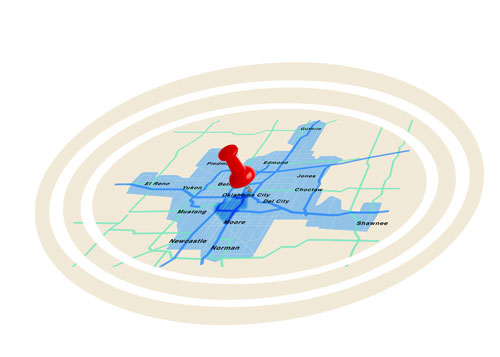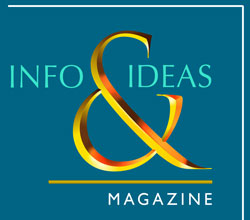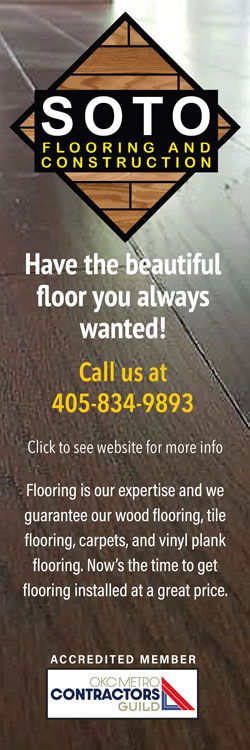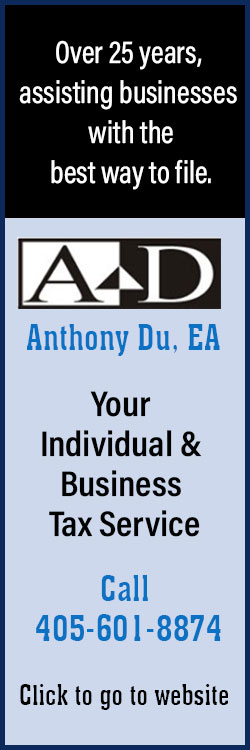Graphic Design has changed drastically over the last decade.

When the personal computer added design programs, it gave anyone that could figure them out the ability to lay out and create their own marketing. It reminded me of the electronic organs where someone could push a button and get drums, push another button and get horns and then bang away at the keys and create music. Well, music to the player’s ears.
Now with so many computer design programs, anyone can design their own flyers, brochures, business cards, and even websites. Well, design to the creator’s eyes. Due to computers and the internet, age-old design rules are changing. What people knew is old and what is new is bold. The rules have changed but the concepts are the same. People are so bombarded with messages, anyone that designs knows their message be simple, clear, memorable and stand out.
The reader does not want to work at figuring out a message. The design must be engaging. There are a number of ways to achieve this but they all start with Balance. Our eyes are drawn to balanced layouts whether it’s with design elements or space. The structure helps us quickly figure out the message and decide if we want to read more.
Balance comes in 3 levels. First, there is symmetrical and asymmetrical layouts. Imagine folding a piece of paper in half—vertical or horizontal. If the design elements mirror each other, then it is a symmetrical design. If they do not, it’s asymmetrical. Symmetrical can be boring or pleasantly lead the reader through a visual hierarchy. Asymmetrical can catch our eye and accentuate a message or it can be so jumbled we immediately dismiss it.
Secondly, Balance can be gridded out with some areas holding large elements and others holding more than one smaller detail. Balance can also look haphazard but with each piece specifically placed to balance against another piece.
The last level is content versus imagery. Is the type the largest element or is the image the largest piece. What catches your eyes first? Then how are your eyes lead around the page and what makes a reader continue to look at your design.
On your computer, open up a design program. Microsoft Word® while not a design program since it is content editing software will suffice. Choose a letter-sized page that is portrait which means its vertical. Now insert an image and size it to fill about a third of the page. Type some words below it that are at least 24 point. Next type some words that are 10 point. Select everything and try them left aligned, then centered and finally, right aligned. Which do you prefer?
You have now started to layout your first design. Don’t be timid—be bold and have fun.
Just like in life, most people prefer balance. You may be centered or you may be a fly by-the-seat of your pants type person. Which one of these people are your target market? When you know that, you know how the design should Balance.
Neal Hettinger is the owner for the Hettinger Design Group and design websites, logos, ads, brochures, and contractors software programs. Neal Hettinger has published articles in Layers Magazine, Broker Realtor Magazine, City Sentinel, and been quoted by the NY Times. Neal is an adjunct instructor at Oklahoma State University and Oklahoma City Community College teaching graphic and website design.




